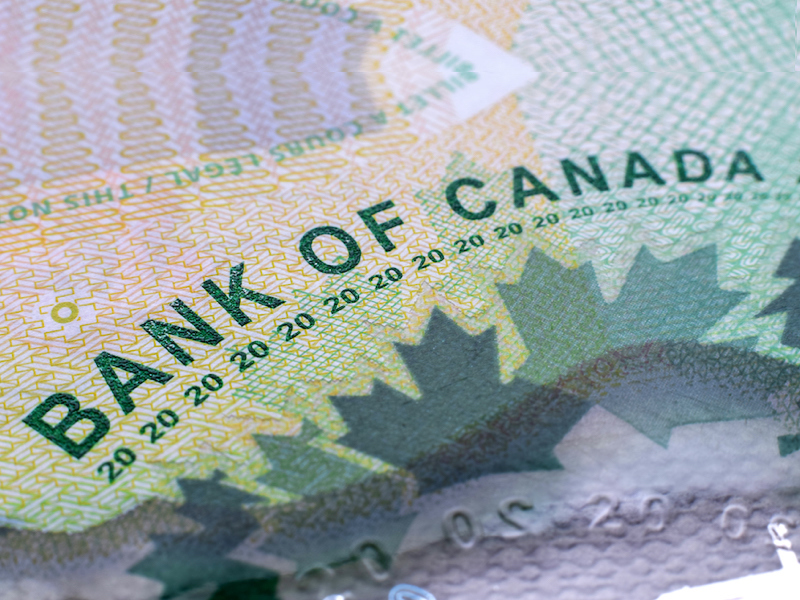
‘Safe’ investments make Canadian fixed income attractive
Mark Hamlin of Mackenzie Investments says in the current market Canada offers some unique fixed-income opportunities.
- Featuring: Mark Hamlin
- January 16, 2024 January 16, 2024
- 13:01

(Runtime: 5:00. Read the audio transcript.)
**
The timing is right for fixed-income investing, particularly in Canada, says Mark Hamlin, vice-president and portfolio manager with Mackenzie Investments.
Hamlin said attractive credit spreads and some relatively safe sectors present great opportunities.
“We think that investing in high-grade corporate Canadian bonds at the short end of the curve is, maybe globally, one of the best places to invest right now,” he said.
The short end of the curve is attractive, he said, not just because it is less risky, but because as interest rates have risen, the long end of the curve “hasn’t kept up.”
“There’s less price risk to own a short-end, short-maturity bond than a long-maturity bond,” he said. “It’s giving you more yield for less risk.”
Hamlin pointed out that U.S. credit spreads are generally tighter than in Canada, giving added incentive to invest in high-grade Canadian corporates.
Sectors like banking and telecom are almost oligopolistic, he said. With fewer players and strong consumer demand, they are especially attractive investments.
“These are really safe. You’re getting well compensated for any kind of credit risk,” he said. “And although we might see credit spreads widen a bit here, actually we don’t think there’s really any chance of default or losing money with those investments.”
On the sovereign-bond front, he’ll be watching the Bank of Canada closely, as it weighs the consequences of prolonged high interest rates in a country where most mortgages reset every five years.
“That [reset] is going to have knock-on effects in terms of consumer spending,” he said. “Interest rates are really going to hit home in Canada, and probably the Bank of Canada is going to have to lower interest rates before a lot of other countries around the world.”
Hamlin said higher rates have already impacted spending, slowing sales of discretionary goods.
“Consumers here in Canada are feeling the bite of higher interest rates in the form of increased mortgage payments and higher car payments and higher interest on debt,” he said. “This crimps spending in other areas.”
While food, rent and cell phone bills remain squarely in the non-discretionary basket, Canadians are rethinking their spending in other areas, like cars, holidays and consumer electronics.
“We’re not as keen on investing in those kinds of sectors.”
He said investors should bear in mind the tremendous value fixed income has as a diversifier, especially when equities are vulnerable, as they were following dramatic geopolitical events like 9/11, the great financial crisis and, most recently, Covid.
When interested rates dropped to zero, fixed income performed well, he said, “as risk assets were shaky.”
In addition to attractive yields at the short end of the Canadian curve, there’s the possibility of substantial price appreciation in the event of geopolitical volatility.
“It’s nuanced,” he said. “You want to have active fixed-income portfolio management. But definitely it makes a lot of sense to have a sleeve of fixed income in your portfolio.”
**
This article is part of the Soundbites program, sponsored by Canada Life. The article was written without sponsor input.
